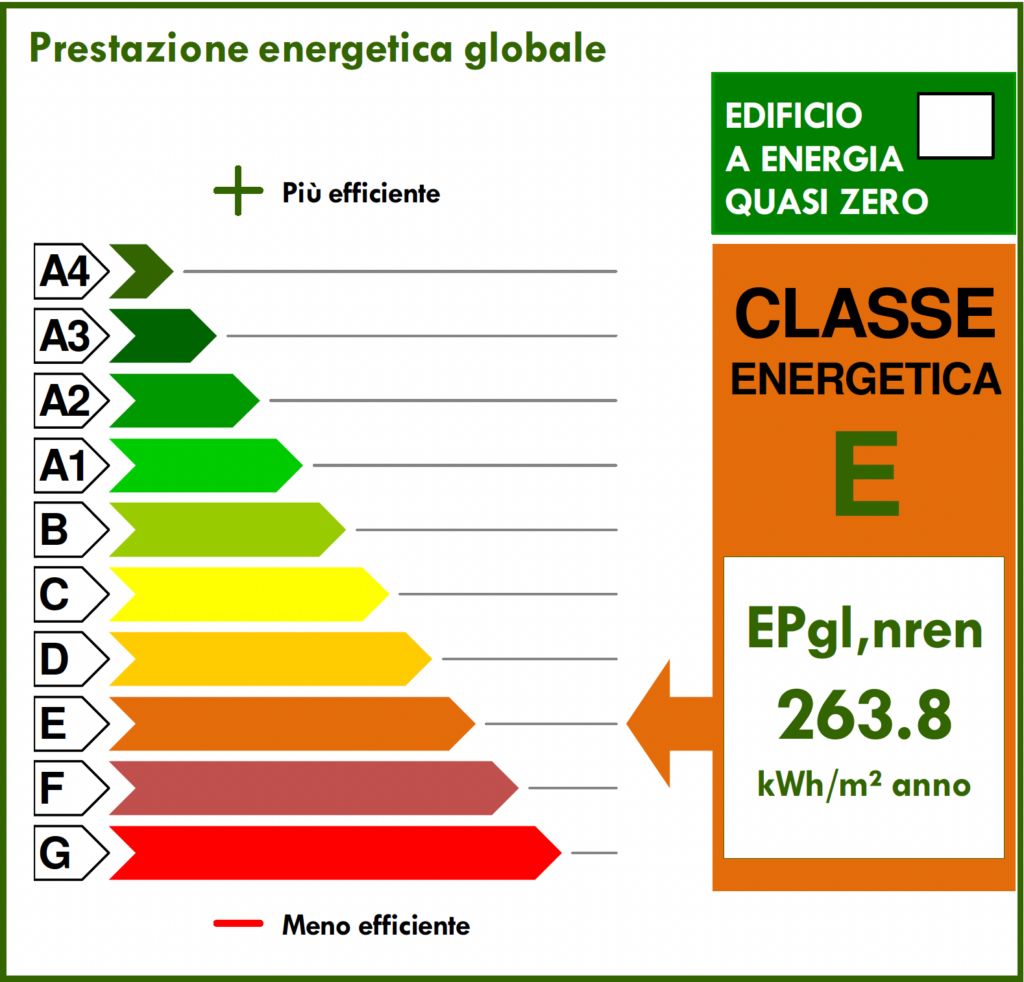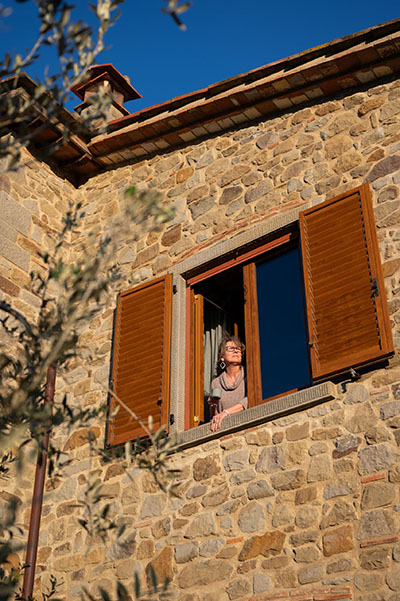Your future home’s Energy Efficiency Certification (Attestato di Prestazione Energetica or APE) is an important document to review before completing your purchase. Not only will it help you to understand your future heating and cooling costs, but it can also alert you to whether eventual improvements will need to be made to meet EU guidelines.
According to Italian law, all properties are required to be issued an Energy Efficiency Certification. Utility companies and geometras are authorized to issue this certification. The APE summarizes the various structural features and internal systems affecting a property’s energy performance. It estimates the annual energy consumption necessary to heat and cool the property (measured in kWh/year) and ranks the property’s energy efficiency based on a rating system ranging from “A4” (most efficient) to “G” (least efficient).
Example of APE Energy Efficiency Rating & Annual Consumption

The APE certification recently gained more attention thanks to an EU directive that sets ambitious energy efficiency goals in order to reduce gas emissions in the EU. The directive mandates that all residential buildings (except those considered to be historic) reach an energy rating of “E” by 2030 and “D” by 2033. This is especially significant since more than 50% of Italian residential buildings currently have low rankings of “F” and “G” (according to a recent study by Casa.it) and would require significant improvements in order to comply with the new directive.
This might cause some alarm among new and prospective owners of Italian real estate. However, our advice is not to panic. Given that such a large portion of the national residential inventory is scoring poorly, it is likely that this directive will be modified in the near future to allow for existing homes to make more gradual improvements. We do, however, advise buyers to be aware of their home’s energy efficiency rating and to consider it an important factor in their decision to purchase. If you intend to purchase a home that is rated “F” or “G” for example, it is likely that improvements will be necessary over the next five years.
The type of improvements that can improve your energy efficiency rating include replacing your water heater, upgrading your radiators, installing a low-consumption AC system, installing solar panels, replacing window fixtures, or upgrading the wall insulation.
In case of questions or doubts on the house you are interested in, contact us at [email protected].







